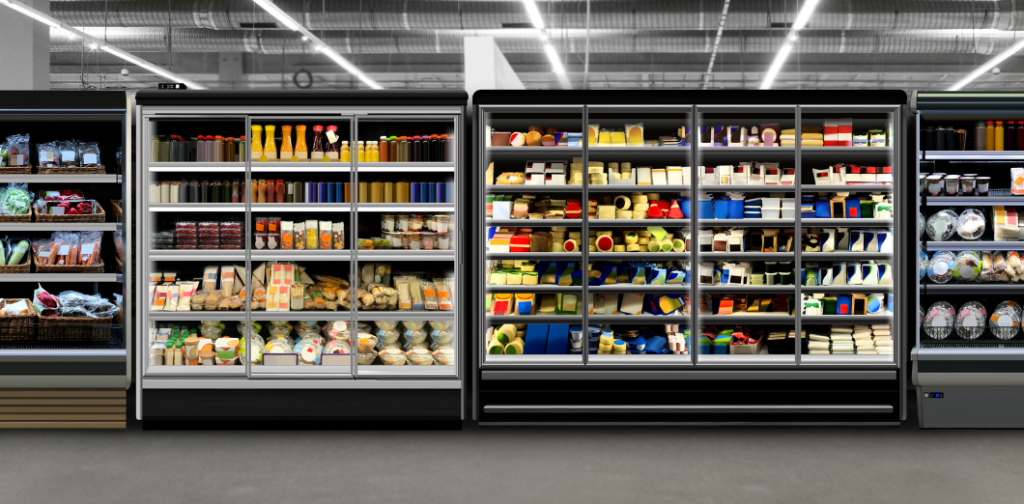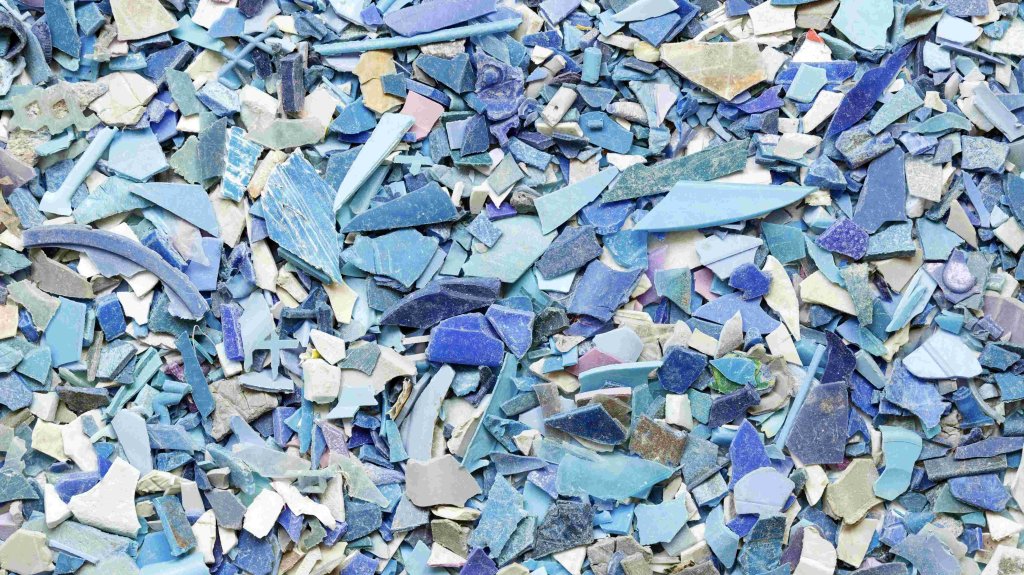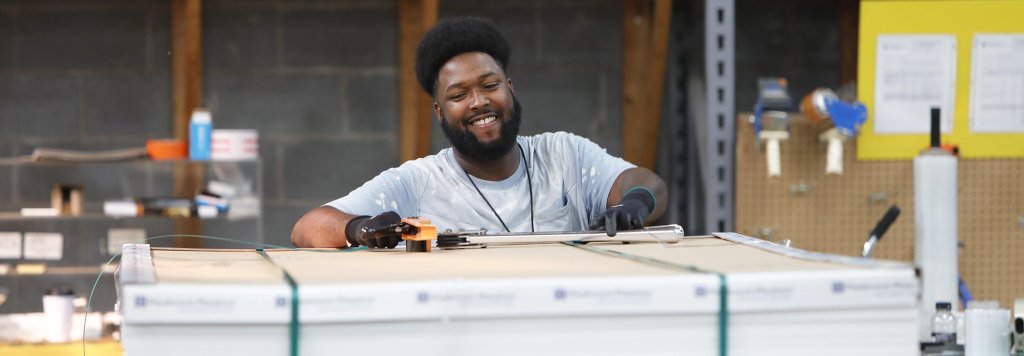No matter if they’re for residential use or commercial applications, refrigeration systems require durable and efficient materials to ensure long-lasting performance. Plastics play a crucial role in refrigerator manufacturing, offering lightweight construction, superior insulation, chemical resistance, and cost-effectiveness. From insulation layers to interior components and structural parts, plastics have transformed the refrigeration industry, improving energy efficiency, reducing costs, and enhancing design flexibility.
With numerous locations across North America, we offer a wide range of high-performance plastic materials for modern refrigeration systems. Whether for household refrigerators, retail display coolers, walk-in freezers, or industrial refrigeration units, our plastic materials help enhance durability and improve efficiency.


An Expert is just around the corner.
With over 100 years of combined product knowledge and industry experience, we are confident our plastics experts can help you find a solution for your application.
Plastic Parts Everywhere
Plastics have become the material of choice for refrigeration applications due to their thermal insulation properties, resistance to moisture and chemicals, and ease of manufacturing. Compared to traditional materials like metal and glass, plastics offer lower weight, improved energy efficiency, and better impact resistance, making them ideal for both residential and commercial refrigeration.
One of the most significant advantages of plastics in refrigeration is their ability to provide superior insulation. This helps maintain cold temperatures while reducing energy consumption. Plastics' lightweight construction allows for easier handling and installation while supporting structural integrity. They also resist impact and wear, preventing damage from frequent use.
Additionally, their resistance to corrosion makes them ideal for food and beverage storage environments. Plastic materials' cost-effectiveness supports various manufacturing methods, including injection molding, extrusion, thermoforming, and blow molding, allowing for complex and precise designs.
Popular Plastic Materials Used in Refrigeration
Refrigerators and commercial cooling systems use a variety of thermoplastics and engineered materials. Each material offers specific advantages, making it ideal for different components.
Polyurethane: Used for insulation layers in refrigerator doors and boxes.
Provides excellent thermal insulation and low thermal conductivity.
Enhances energy efficiency and maintains consistent cooling.
Accounts for nearly half of the plastic materials used in refrigerators.
Polystyrene: The most widely used plastic in refrigeration, making up about 60% of plastic consumption.
General Purpose Polystyrene (GPPS): Transparent and rigid, GPPS is ideal for food boxes and bottle holders.
High Impact Polystyrene (HIPS): Impact-resistant, HIPS is commonly used for inner and door linings.
Expandable Polystyrene (EPS): Foamed structure provides shock absorption and is used for packaging and transport.
Polypropylene: Strong, lightweight, and cost-effective, primarily used for refrigerator drawers.
Offers high mechanical strength and chemical resistance.
Withstands temperature fluctuations, ensuring long-term durability.
Acrylonitrile-Butadiene-Styrene (ABS): Known for its high strength, glossy finish, and ease of processing.
Used for decorative trims, door handles, and exterior refrigerator components.
Combines durability with an aesthetic appeal.
Polyethylene: Commonly used in refrigerator piping and tubing.
Resistant to chemicals, impact, and moisture, it is ideal for fluid handling applications.
Other materials used in refrigeration systems:
Polyvinyl Chloride (PVC): Used for flexible door seals.
Polycarbonate: Found in lampshades and display panels.
Polyoxymethylene (POM): Also known as acetal, it's used for hinges and mechanical components.
Polymethyl Methacrylate (PMMA): Acrylic utilized for transparent display panels.
Polyamide: Applied in shaft sleeves and other durable mechanical components.
Plastic Extrusions in Commercial Applications
Commercial refrigeration systems, such as walk-in freezers, display coolers, and industrial refrigeration units, require custom plastic extrusions to ensure air-tight seals, structural durability, and energy efficiency. Piedmont Plastics supplies high-quality extruded components such as gaskets and seals, kick plates, bumpers, door trim, fascia, shelving, and various accessories. These extrusions help maintain insulation, prevent temperature fluctuations, and protect refrigeration units from impact damage.
Commercial refrigeration often requires price tag molding and breaker strips, essential for retail display coolers. Co-extrusions, tri-extrusions, and quad-extrusions are also used to enhance the functionality and durability of refrigeration systems. Choosing the right plastic extrusion ensures that refrigeration units perform optimally while reducing energy consumption and operating costs.
Thermoforming in Refrigeration Manufacturing
Thermoforming is a preferred method for producing lightweight, durable, and cost-effective plastic components for refrigeration. Key parts include:
| Door Liners | Made from ABS or HIPS, featuring strong corners and crisp lines for enhanced foam resistance |
|---|---|
| Cabinet Liners | Also formed from ABS or HIPS, designed for structural integrity and insulation support |
| Mullions | Can incorporate magnets and extrusions for seamless integration within refrigeration systems |
Future Trends to Watch
As energy efficiency and sustainability become increasingly important in appliance manufacturing, plastics will continue to evolve with advanced composites and recyclable thermoplastics. Lightweight, high-performance plastics help manufacturers reduce costs while improving durability, energy savings, and design flexibility. Therefore, developing more sustainable plastic materials, including biodegradable and recycled options, will be key to the future of refrigeration manufacturing.
Let’s Work Together
Plastics play a crucial role in refrigerators and commercial refrigeration systems, offering insulation, durability, chemical resistance, and cost-effective manufacturing. Whether for insulation layers, interior components, door seals, or custom extruded parts, Piedmont Plastics provides high-quality solutions to refine performance, reduce energy costs, and improve longevity.
Gain More Insights
If you’re looking for reliable plastic materials for refrigeration manufacturing, contact Piedmont Plastics. Our experts can help you select the right materials for your application, ensuring efficiency, durability, and superior performance in refrigeration systems.
Get In Touch


